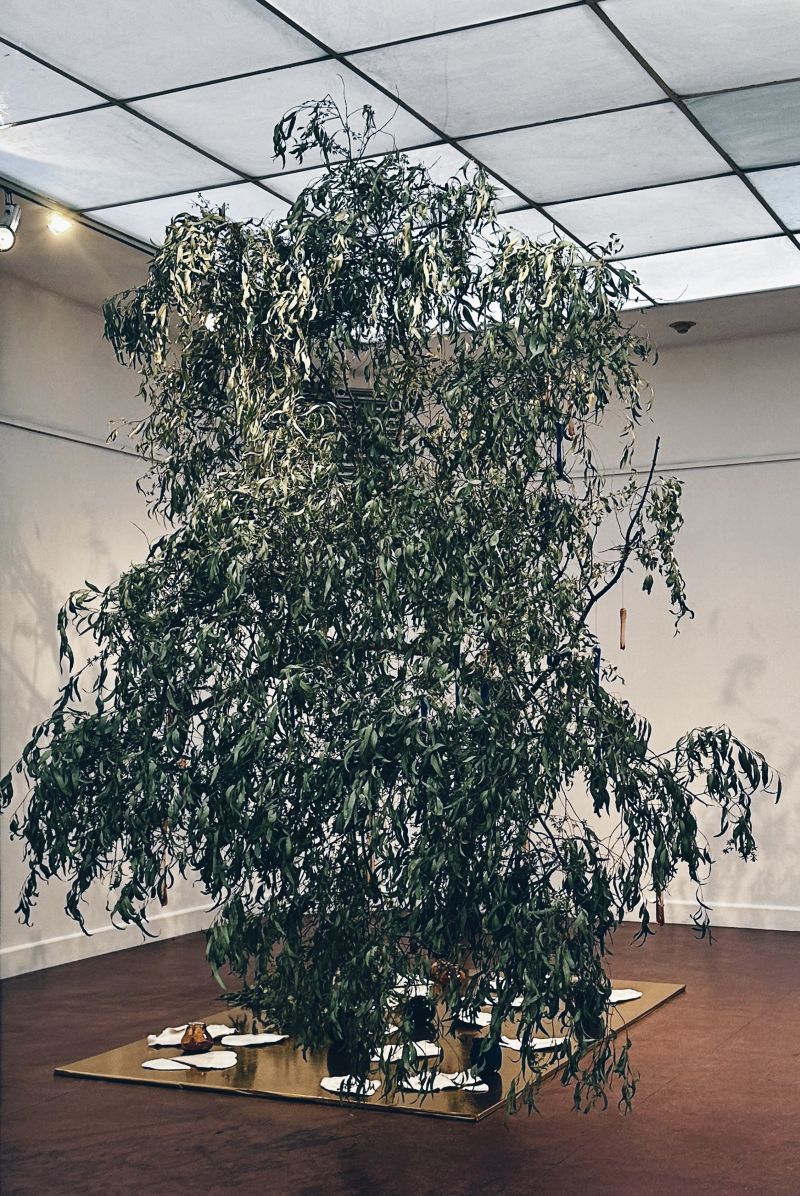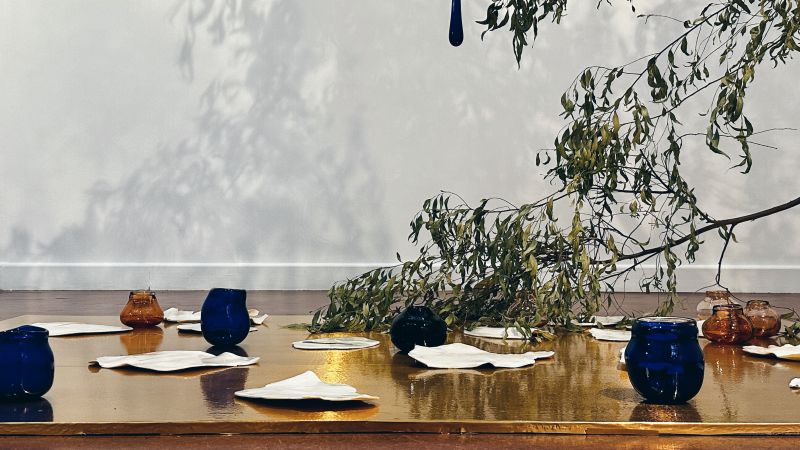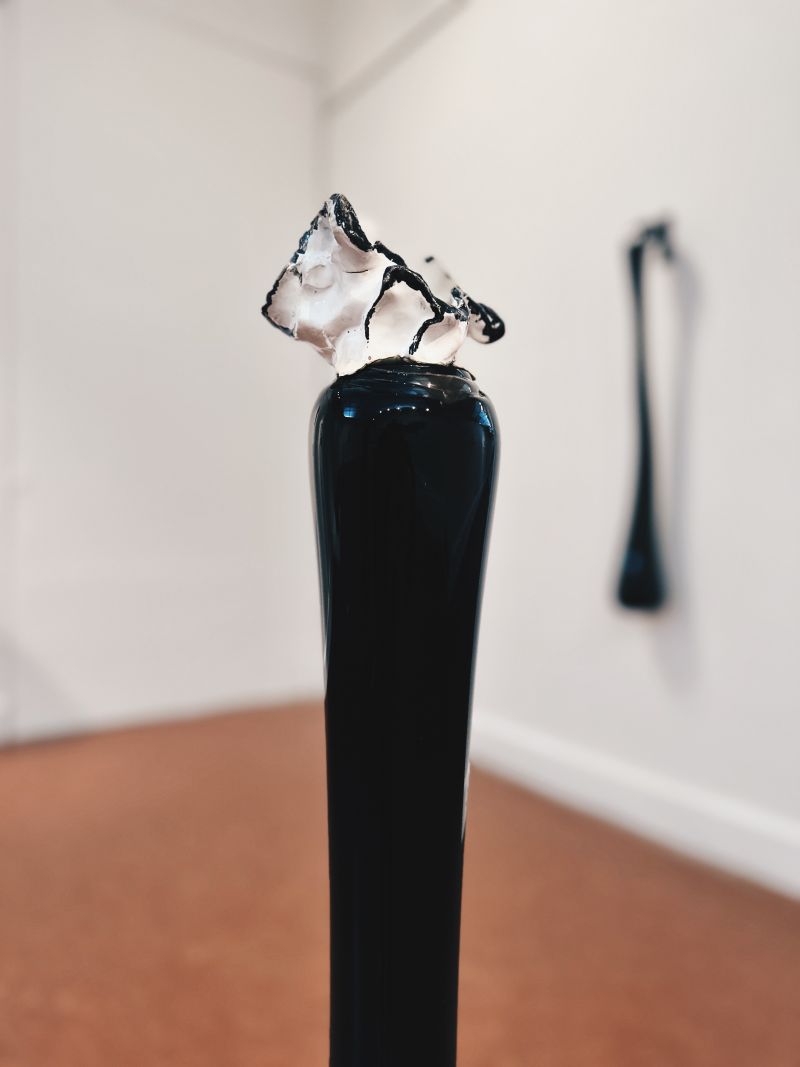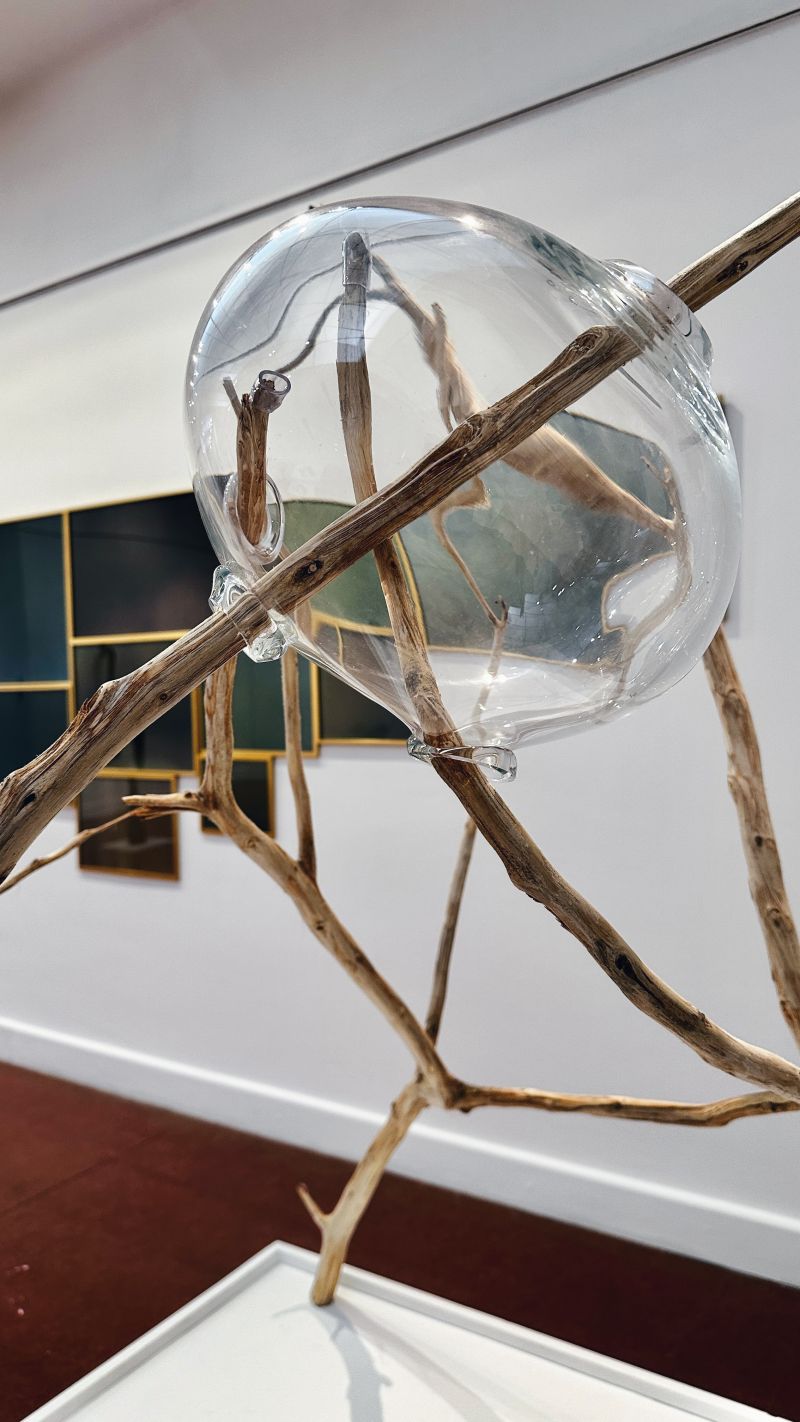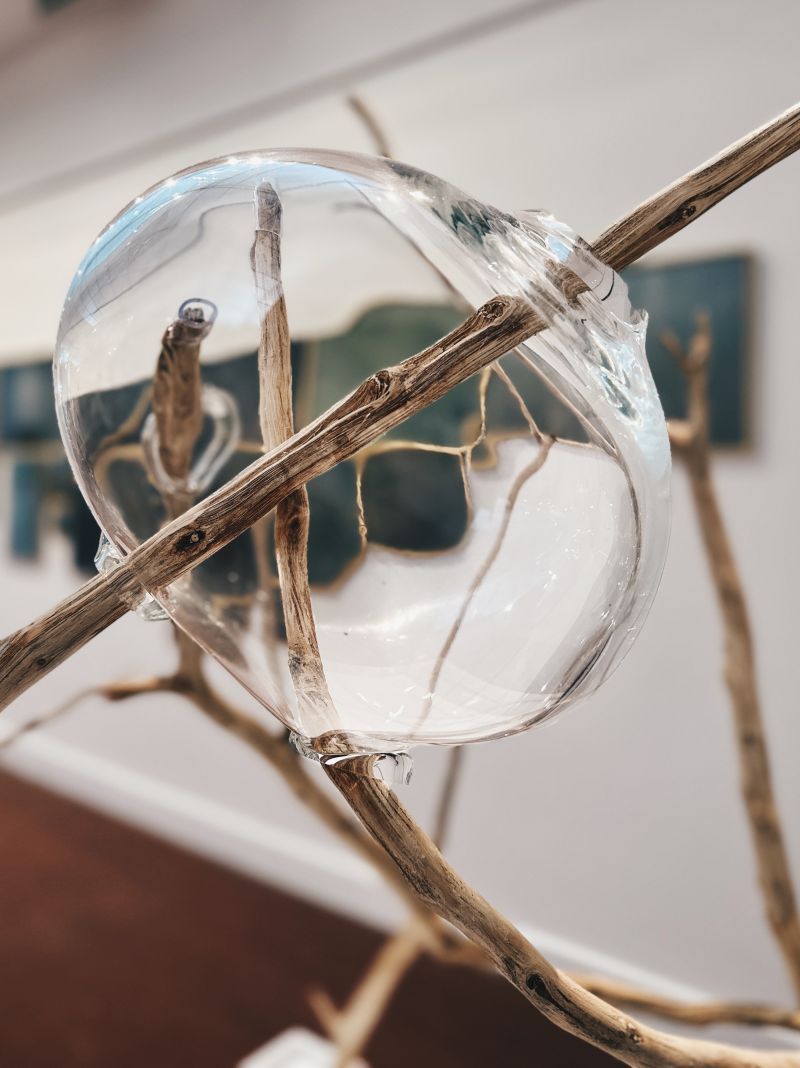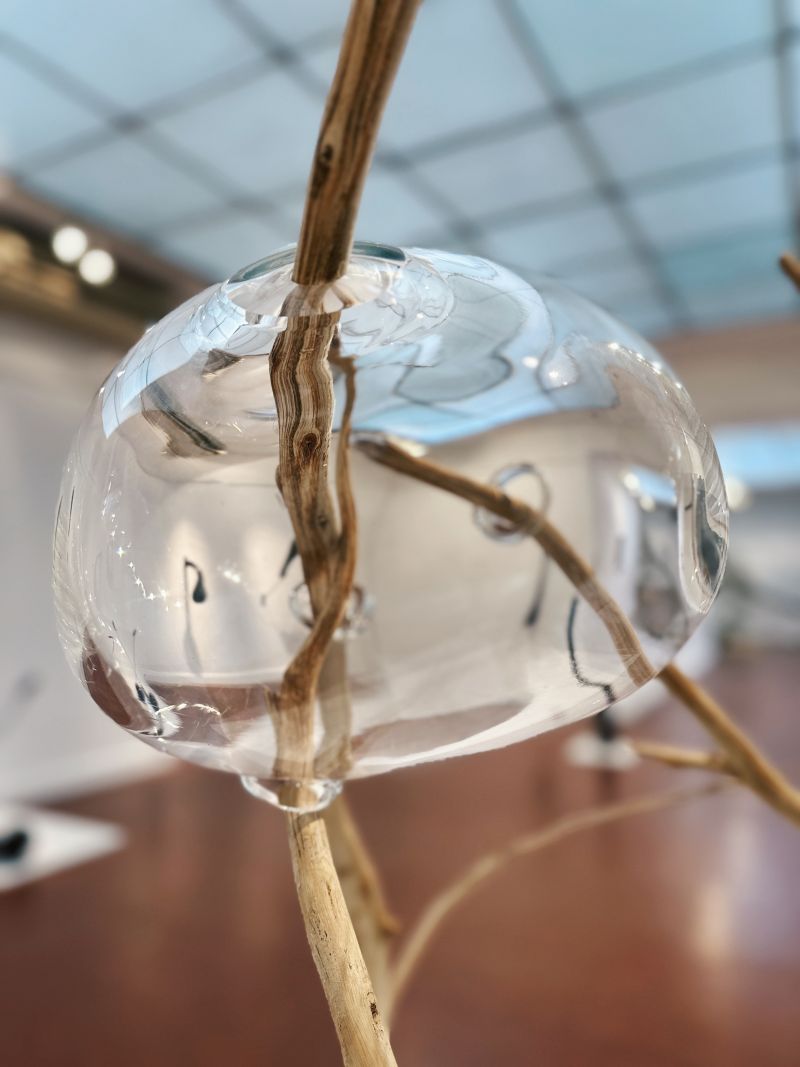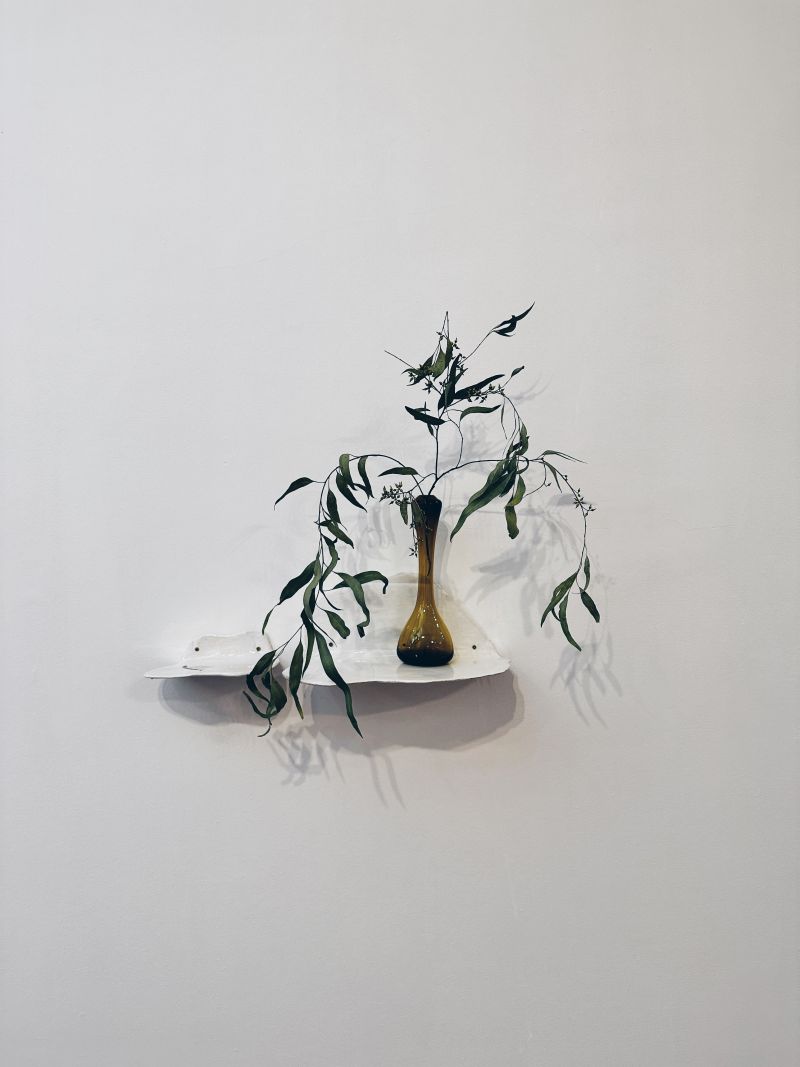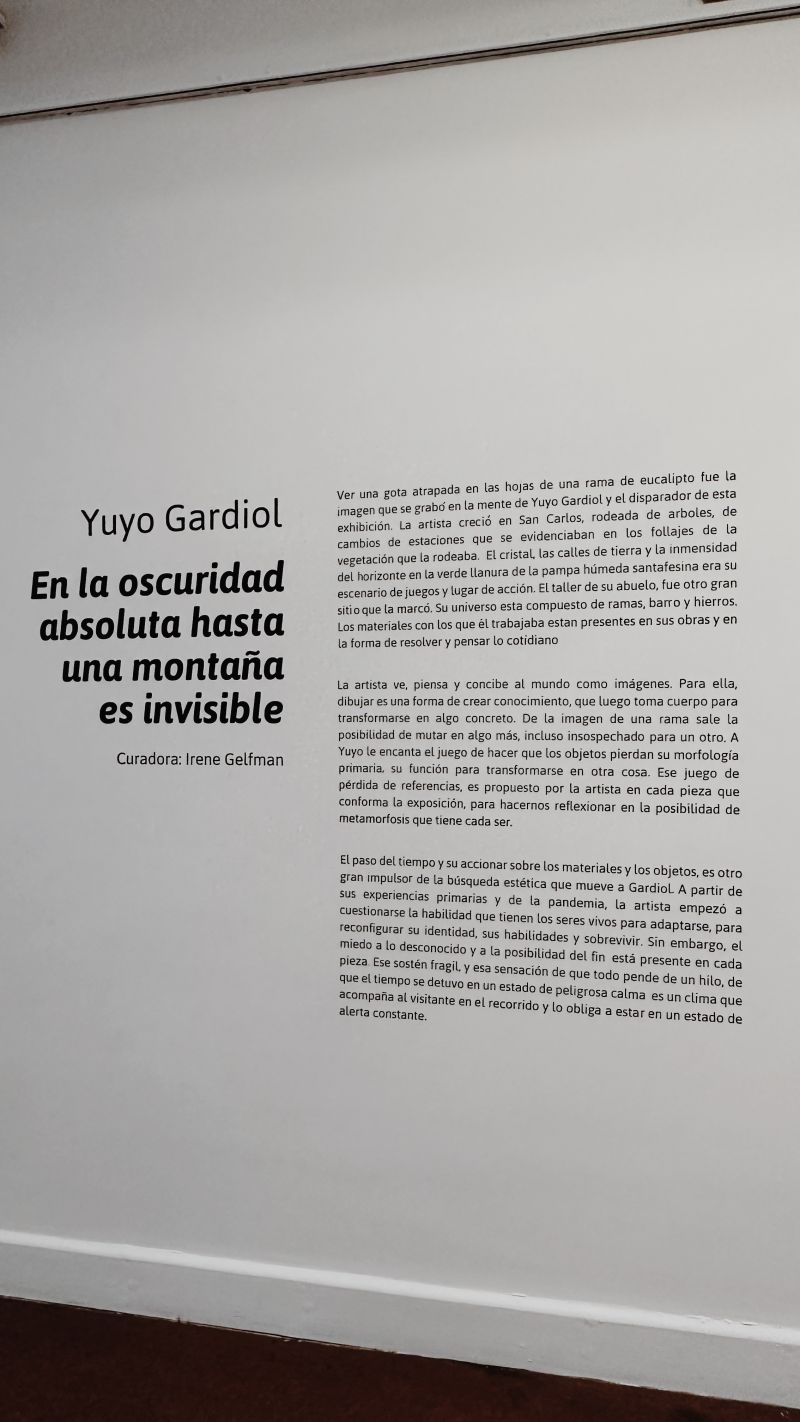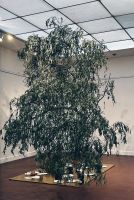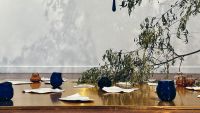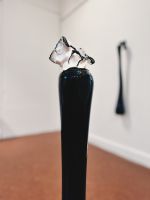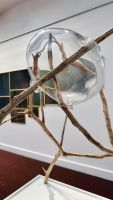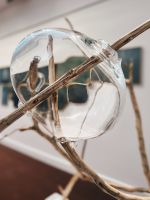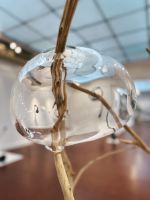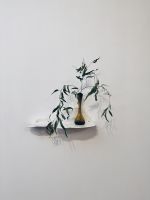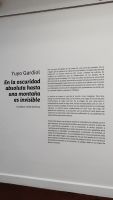Muestra | En la oscuridad absoluta, hasta una montaña es invisible | Yuyo Gardiol
On August 24, the Museo Municipal de Bellas Artes Juan B. Castagnino opened "En la oscuridad absoluta hasta una montaña es invisible", a solo exhibition by Yuyo Gardiol, curated by Irene Gelfman.
In this exhibition, the artist brings together many ideas, works, and projects developed over the past three years. With the support of a large team, Yuyo produced pieces at the Cristalería San Carlos, in the city where she was born and where her parents and much of her family still live.
The exhibition features glass pieces, some of which she calls "Formas negras", made of blown glass and iron. It also includes images from the series Paisaje Cercano, photographs of her own skin taken by placing a phone camera extremely close. The proximity causes the light in the image to blur, absorbing the surrounding colors.
Gardiol says about these photographs: “I like to think that we are so permeable to our surroundings that even our skin can change color. I print these photographs on satin; the fabric adds a special shine, very sensual and atmospheric, which completes and produces the subtlety I seek in each piece.”
Special thanks to Cristalería San Carlos
To Martín, Bato, and Gus
To Pitu and Office
To Parques y Paseos
To Albertina, to Sil
To Cachito and Hernán
And very especially to my parents Jorge and Inés
To my love and partner in adventure Fepi, and to my children Nuvia and Vicente
Curatorial text by Irene Gelfman:
En la oscuridad absoluta hasta una montaña es invisible
Seeing a drop of water trapped on the leaves of a eucalyptus branch was the image that stayed in Yuyo Gardiol's mind and served as the starting point for this exhibition.
The artist grew up in San Carlos, surrounded by trees and seasonal changes that were evident in the foliage around her. Glass, dirt roads, and the vast horizon of the green plains in the humid Pampas of Santa Fe were her playground and field of action. Her grandfather's workshop was another key place in her formation. Her world is made up of branches, clay, and iron. The materials he worked with are present in her pieces and in the way she approaches and thinks about everyday life.
The artist sees, thinks, and conceives the world as images. For her, drawing is a way of generating knowledge that later takes shape and becomes something tangible. From the image of a branch emerges the possibility of transforming into something else—perhaps something unexpected for someone else.
Yuyo loves the playfulness of making objects lose their original form, their function, to become something different. This game of losing references is present in each piece of the exhibition, inviting us to reflect on the capacity for metamorphosis inherent in every being.
The passage of time and its effect on materials and objects is another major driver of Gardiol’s aesthetic exploration.
From her early experiences and the pandemic, the artist began to question the ability of living beings to adapt, to reconfigure their identity, their abilities, and to survive.
However, the fear of the unknown and the possibility of an end is present in every piece. That fragile support, and the sense that everything hangs by a thread—that time has paused in a state of dangerous stillness—is a mood that accompanies the viewer throughout the exhibition, keeping them in a constant state of alert.
The exhibition is on view until October 22 at the Museo Municipal de Bellas Artes Juan B. Castagnino (Av. Pellegrini 2202). Wednesday to Saturday from 1 p.m. to 7 p.m. Sundays from 11 a.m. to 7 p.m.
